
Sep 30, 2019
Celebrating Rockwell
The Lafayette community gathered Friday to celebrate the grand opening of the new Rockwell Integrated Sciences Center.

The Lafayette community gathered Friday to celebrate the grand opening of the new Rockwell Integrated Sciences Center.
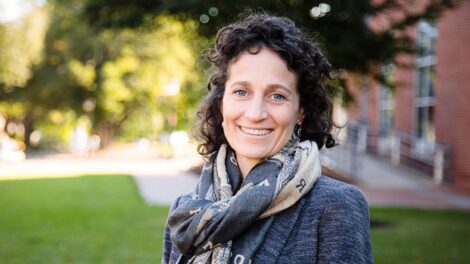
Lafayette's new sustainability director Delicia Nahman brings a deep-rooted passion for building engaging sustainability programming.

A sculpture on the Karl Stirner Arts Trail attracts bugs to its iridescent glow while holding scorpions and eating ants attracts people to important insect…
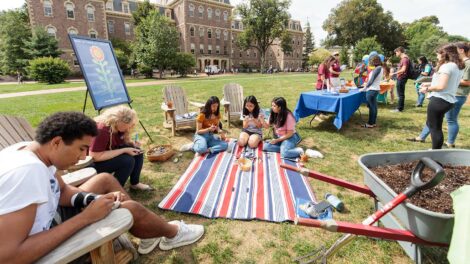
The Counseling Center and LaFarm co-sponsor a wellness event to help students thrive on campus.
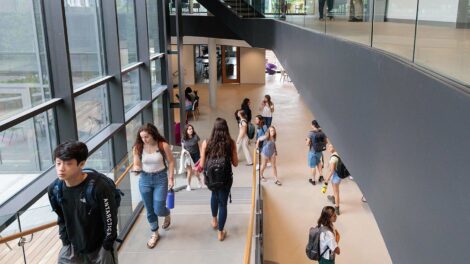
On the first day of fall semester, students enjoy the views, food, and social scene at Lafayette's new Rockwell Integrated Sciences Center.

Professors moving into Rockwell Integrated Sciences Center share their enthusiasm for what the new space will bring as it opens for classes this fall.…
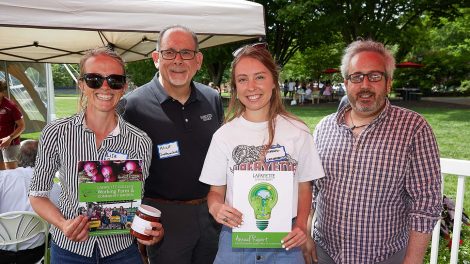
By Kathleen Parrish Did you know 500 million plastic straws are used each day in the United States? Lafayette’s Office of Sustainability does and used…
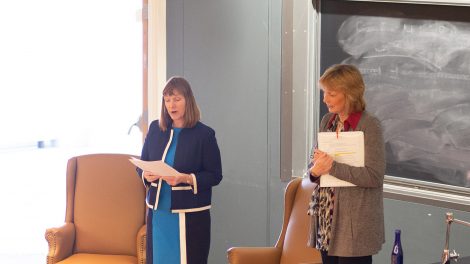
By Katie Neitz Secretary Cindy Dunn, who leads Pennsylvania’s Department of Conservation and Natural Resources, let Lafayette’s environmental sciences…
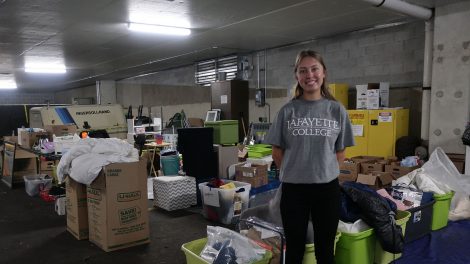
By Katie Neitz The Office of Sustainability’s annual Green Move Out was a tremendous success. The program, which encourages students leaving campus to…
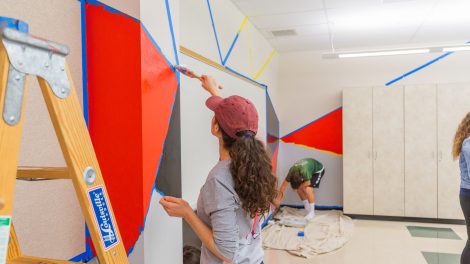
Photos by Bowen Hou ’21 and Peter Keady are from painting the Rover room at Easton Area Middle School; organizing art supplies at The Journey Home, an…